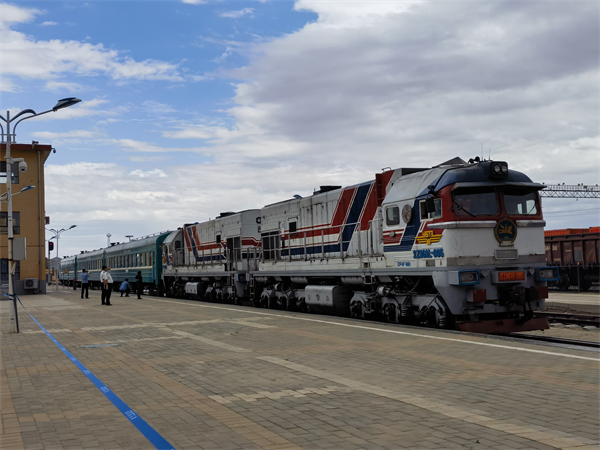Minerals and coal
North China's Inner Mongolia autonomous region has the most new minerals discovered of all the provinces and autonomous regions in the country, according to local experts.
Since 1958, China has discovered more than 50 types of internationally recognized new minerals, 10 of which to be found in Inner Mongolia including bafertisitel, baotite and huanghoite. The rare earth mine in Bayan Obo mining district in Inner Mongolia’s Baotou city is the largest of its kind in the world.
As of the end of 2018, Inner Mongolia's 20 species of mineral resources had the highest reserves in China, its 45 species of mineral resource reserves rank in the top 3 in the country, and its 95 species of mineral resource reserves are in the top 10.
The identified rare earth resource reserves in Inner Mongolia rank first in the world.
Meanwhile, total estimated gross coal resources in the autonomous region are 953.90 billion metric tons, of which proven reserves are 473.69 billion tons.The total for commercially viable coal reserves in the autonomous region is 409.04 billion tons, accounting for 26.87 percent of the country's total and ranking it first among all the provinces and autonomous regions in China.
The region also has 868.65 million tons estimated gold reserves, 8.19 million tons of copper, 17.22 million tons of lead, and 16.64 million tons of zinc.
Inner Mongolia ranks first in the country in terms of coal production capacity, total installed power generation capacity and new energy installed capacity.
It also ranks first for its coal volume and electricity supplied to places outside the region.
A blueprint for the green and high-quality development of the coal industry in Inner Mongolia during the 14th Five-Year Plan period (2021-25) was released on Feb 15.
Under the plan, by 2025, the quality of coal supplies in Inner Mongolia will be significantly enhanced and the level of green development and utilization of resources will be greatly improved.
It is envisaged that a modern coal industry system -- featuring moves to go ever greener, more intensified, efficient, intelligent and safe -- will have been established.
In addition to the traditional coal industry, greater efforts are said to have been made to develop the region's new energy industry.
Currently, the installed capacity for new energy production in the entire region tops 50 million kilowatts, ranking it first in the country.
Inner Mongolia is also home to 11 wind turbine manufacturers with a production capacity of 5,500 units.
Meanwhile, the production capacity of monocrystalline silicon and polycrystalline silicon in the region accounts for more than one third of the annual national production capacity.



 Print
Print Mail
Mail





